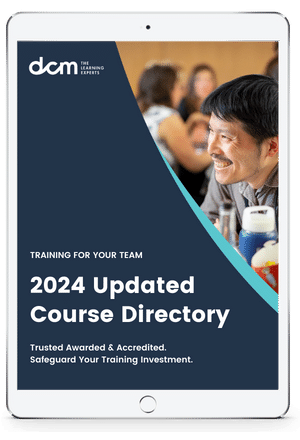At business conferences I speak at, I often get asked, "If you had just five techniques you could use to improve a sales process, what five techniques would you use more than any other?"
Well here is my answer. This list holds my 5 favourite sales techniques have been proven over the past 20 years of my selling career in various business I've owned from selling products to services; from business to consumer sales to business to business sales; from short sales cycles of less than 24 hours to long sales cycles of 24 months. They flat out work.
1. Magnify the pain and make the cost real, present, and unbearable.
How do you do this? By asking questions and helping your prospect articulate the real cost of their status quo. Here are some questions that will help.
"Tell me about your current situation..."
"What's not working right now..."
"Tell me more..."
"What is the real impact..."
"What happens if you don't deal with this and find a solution?"
"And what is that going to cost you?"
"Why is it you're finally dealing with this now? I mean, what sparked you that you need to fix the situation now versus just living with it for another year?"
2. Create scarcity and tap into the fear of loss.
Nothing prompts action like the competitive urge. It is hard-wired deep into your prospect's brain. How can you appropriately inject competition into the conversation with your prospect?
"Mike, you shared that it is important that you get delivery and installation by the first of next month. If that is the case I just need to bring up that I would need to get the PO ASAP because we're entering into a busy season and our installation team is booked heavy."
Or...
"Sharon, we can only work with one client in this area because of the standard non-compete we sign with any client. From your perspective, why is it you think we should pick your company to partner with in Tampa?"
3. Preempt your top two sales objections.
What objections do you hear over and over again? Rather than let the objections come up and then brute force "overcoming" them, instead, preempt them. Address and dissolve them before they are articulated by your prospect. This could be through the use of a selling story, a better frame for the sale, or some other scripted mechanism.
4. Save a key sales objection to the end, and use that as a lever to close the sale.
This one says it can often be a powerful sales closing technique to "close on the objection." Here is what it might sound like:
Prospect: "But we need the cost to be under $4,000 per unit."
You: "So I'm hearing that you need the unit cost to be under $4,000. May I ask why this is so important for you..."
Prospect: "Because otherwise, we'll be over our budget since we need 12 units."
You: "Got it. Assuming we could get you that pricing, and I'm not sure we can, but assuming we could, is there anything else that would stop you from moving forward with the purchase? Or no, if you got that pricing you'd definitely move forward with this?"
Notice what you're doing is fleshing out any other objections before you work to solve that final one, and making it clear that they have bought contingent on solving that last objection.
The hardest person to sell to is not negative, he is apathetic. When you know you have a key objection, sometimes it can make strategic sales sense to leave it until the end and use that objection to create the emotion and movement to close the deal.
5. Help them sell themselves (AKA: Sales Aikido).
The best salespeople don't "sell" in the sense that they don't convince or talk somebody into anything. The best salesperson helps her prospect close himself. You do this by asking great questions that build customer motivation and restating and re-framing your prospect's responses to help them sell themselves.
Source: Inc.com


_165x115_fc3.jpg)
_165x115_fc3.jpg)
_165x115_fc3.jpg)



